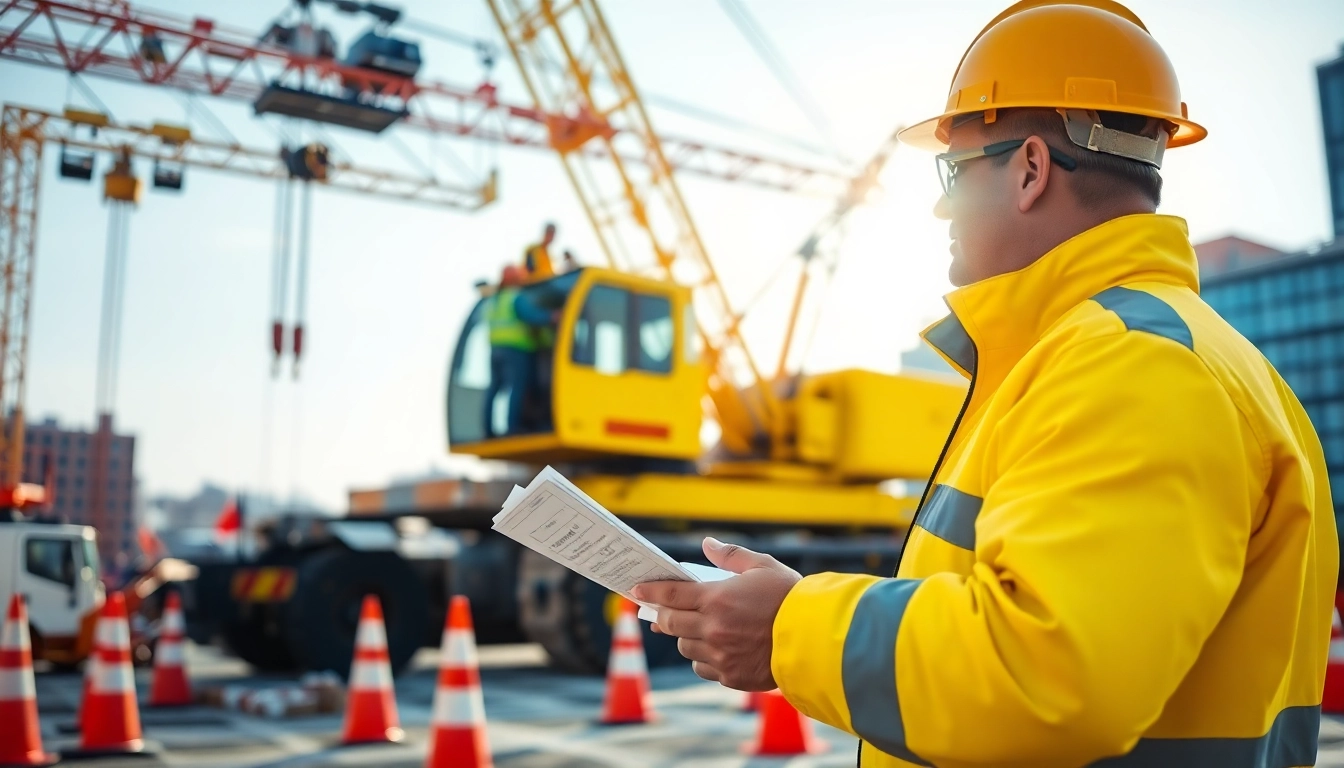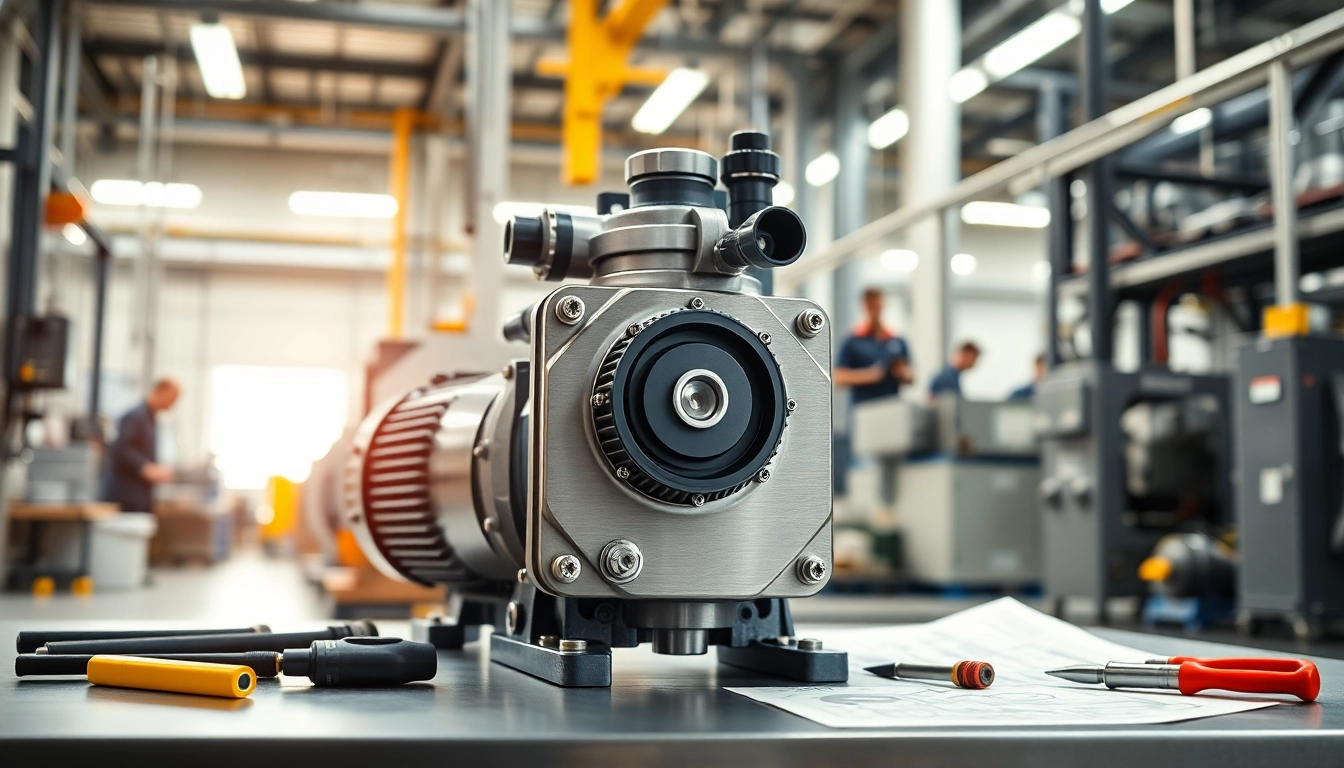What is Piping Stress Analysis?
Definition and Importance of Piping Stress Analysis
Piping stress analysis is a critical engineering discipline focused on ensuring the structural integrity and functionality of piping systems under various operating conditions. It involves the assessment of stresses that occur in piping systems due to thermal expansion, pressure fluctuations, weight, and other external loads. The importance of piping stress analysis cannot be overstated, especially in industries such as oil and gas, chemical manufacturing, and power generation, where the integrity of piping systems directly impacts safety, efficiency, and regulatory compliance.
Key Factors Affecting Piping Stress
Several key factors need to be considered when performing piping stress analysis. These include:
- Temperature Variations: Changes in temperature can lead to expansion or contraction of piping materials, resulting in additional stress.
- Pressure Changes: Different operating pressures can cause forces on the pipeline that must be accounted for in the analysis.
- Pipe Material: Different materials have varying strength, flexibility, and thermal expansion properties, all of which influence stress behavior.
- Support Locations: The configuration of supports and restraints in a piping system plays a crucial role in distributing stresses.
- Dynamic Loads: Factors such as seismic activity, wind loads, and operational vibrations must also be assessed for their impact on stress levels.
Overview of Piping Stress Analysis Techniques
Various techniques are employed in piping stress analysis to predict stress distribution accurately. Common methodologies include:
- Finite Element Analysis (FEA): A computerized method that subdivides a large system into smaller, manageable elements to analyze complex stress distributions.
- Computer-Aided Design (CAD) Modeling: Utilizing CAD software to create detailed models that can be stress-tested under multiple scenarios.
- Analytical Methods: Traditional calculations based on engineering principles, such as beam theory and elastic theory.
- Software Simulations: Advanced engineering software packages that integrate multiple factors and provide comprehensive insights on stress in piping systems.
The Role of a Piping Stress Analysis Company
Services Offered by Piping Stress Analysis Companies
Piping stress analysis companies provide a spectrum of services to ensure the robustness of piping systems. Their expertise covers:
- Preliminary Stress Analysis: Initial assessments to identify potential issues early in the design phase.
- Detailed Stress Calculations: Comprehensive calculations that consider all influencing factors for critical piping systems.
- System Optimization: Recommendations for design modifications to improve system performance and reduce stress levels.
- Compliance Assessments: Ensuring that piping systems meet industry codes and standards, mitigating risks associated with non-compliance.
- Training and Consultation: Providing guidance and support to in-house engineering teams to enhance their capabilities in stress analysis.
Benefits of Hiring Professionals for Stress Analysis
While organizations may consider performing piping stress analysis in-house, hiring a piping stress analysis company offers distinct advantages:
- Expertise and Experience: Professionals bring specialized knowledge and years of experience, often resulting in more reliable outcomes.
- Access to Advanced Tools: Piping stress analysis companies invest in sophisticated software and tools that enhance analysis accuracy.
- Time Efficiency: Delegating stress analysis allows engineering teams to focus on other critical areas of projects, streamlining workflows.
- Comprehensive Reporting: Detailed documentation and reporting of findings ensure that stakeholders are well-informed.
- Risk Mitigation: Expert analysis helps identify potential failures before they occur, protecting lives and assets.
Case Studies Highlighting Successful Analysis Projects
Numerous case studies demonstrate the value of professional piping stress analysis:
- Oil Refinery Upgrade: A major oil refinery engaged a piping stress analysis company during an upgrade. The analysis identified critical stress points that led to redesigns that improved system integrity and reduced future maintenance costs.
- Power Plant Project: In a recent power plant project, stress analysis uncovered potential issues with thermal expansion. The timely intervention of experts helped implement effective mitigation strategies, ensuring the system operated within safe parameters.
- Chemical Plant Expansion: During an expansion phase, an analysis revealed stress concentrations that would lead to failure. Thanks to the insights provided by professional consultants, the company modified the design, resulting in a safer, more efficient operation.
Common Challenges in Piping Stress Analysis
Typical Issues Encountered During Analysis
Piping stress analysis is not without challenges. Some of the common issues faced include:
- Data Availability: Incomplete design specifications or outdated information can lead to inaccurate analyses.
- Complex Geometries: Complicated piping layouts may be difficult to model accurately.
- Dynamic Influence: Accounting for real-world dynamic influences often complicates stress predictions.
- Environmental Factors: External factors such as temperature fluctuations and seismic activity may be underestimated or overlooked.
Best Practices for Accurate Stress Analysis
To mitigate these challenges and enhance the accuracy of piping stress analysis, engineers should adhere to several best practices:
- Thorough Data Gathering: Collect comprehensive data on all applicable specifications, materials, and operating conditions before commencing analysis.
- Use Advanced Software: Leverage industry-standard analysis software that accommodates complex geometries and dynamic loading scenarios.
- Consultation with Experts: Involve seasoned professionals to review methodologies and results to flag potential issues early on.
- Implement Sensitivity Analysis: Conduct sensitivity analyses to understand how variations in inputs affect stress outcomes.
Mitigation Strategies for Identified Risks
Once risks are identified, it is crucial to implement effective mitigation strategies:
- Redesigning Support Structures: Modifying support locations or types can help distribute loads more evenly across the piping system.
- Material Selection: Choosing higher-grade materials can increase the system’s resilience to stress.
- Installation Adjustments: Fine-tuning installation practices can minimize stress points during the construction phase.
- Regular Maintenance: Incorporating periodic stress evaluations into the maintenance schedule can prevent issues from becoming severe.
Advanced Techniques in Piping Stress Analysis
Innovative Solutions in the Industry
As technology advances, so too do the techniques for piping stress analysis. Some innovative solutions currently reshaping the industry include:
- Digital Twin Technology: Creating virtual representations of physical piping systems allows for real-time monitoring and simulations, improving predictive analysis capability.
- Machine Learning Algorithms: Leveraging machine learning can uncover patterns in historical data that contribute to stress analysis accuracy and optimization.
- 3D Printing Prototypes: Developing 3D-printed models of piping systems enables engineers to physically test stress responses under controlled conditions.
Utilization of Software for Enhanced Accuracy
The evolution of software tools has significantly enhanced the accuracy and efficiency of piping stress analysis. Leading software packages incorporate advanced features such as:
- Comprehensive Modeling Capabilities: Software allows for detailed modeling of complex geometries and load scenarios, accommodating variations in material properties.
- Automated Reporting: Automated features help generate more thorough reports, saving time while ensuring all variables are documented effectively.
- Interactive Simulations: Real-time simulations foster dynamic interaction among team members, improving communication and decision-making processes.
Future Trends in Piping Stress Analysis
Looking ahead, several trends are expected to shape the future of piping stress analysis:
- Increased Automation: As artificial intelligence becomes more integrated into engineering processes, automation will enhance the efficiency and accuracy of stress analyses.
- Sustainability Focus: The industry will likely see a greater emphasis on eco-friendly materials and energy-efficient designs, influencing stress analysis methods.
- Collaboration Platforms: Enhanced digital collaboration tools will allow teams across different locations to work more seamlessly on complex projects.
Measuring Success in Piping Stress Solutions
Performance Metrics that Matter
The effectiveness of piping stress analysis can be quantified through several key performance metrics:
- Failure Rate Reduction: Tracking the decrease in failure incidents as a result of effective stress analysis over time.
- Cost-Effectiveness: Measuring the financial savings attributed to reduced maintenance and enhanced system reliability.
- Compliance Achievement: Monitoring the percentage of projects completed in line with industry standards and regulations.
Analyzing Project Outcomes and Stakeholder Satisfaction
Evaluating project outcomes and gathering feedback from stakeholders is critical in assessing the success of piping stress analysis initiatives. Key indicators include:
- Stakeholder Feedback: Regular surveys and debriefs with stakeholders to collect input on project performance and outcomes.
- Timeliness of Deliverables: Monitoring whether projects are completed within the agreed timelines and whether analysis phases proceeded according to schedule.
- Overall Satisfaction: Evaluating stakeholder satisfaction through comprehensive reports that highlight successes and areas for improvement post-project.
Continuous Improvement in Piping Stress Analysis
Continuous improvement practices play a crucial role in enhancing the quality of piping stress analysis. Implementing these strategies can foster a culture of ongoing learning and refinement:
- Post-Project Reviews: Conducting thorough reviews upon project completion to identify lessons learned and establish best practices for future analyses.
- Training and Development: Investing in ongoing training for engineering teams to keep abreast of industry advancements and enhance their skill sets.
- Feedback Implementation: Actively seeking and integrating feedback from team members and clients to improve processes and outputs consistently.















Leave a Reply